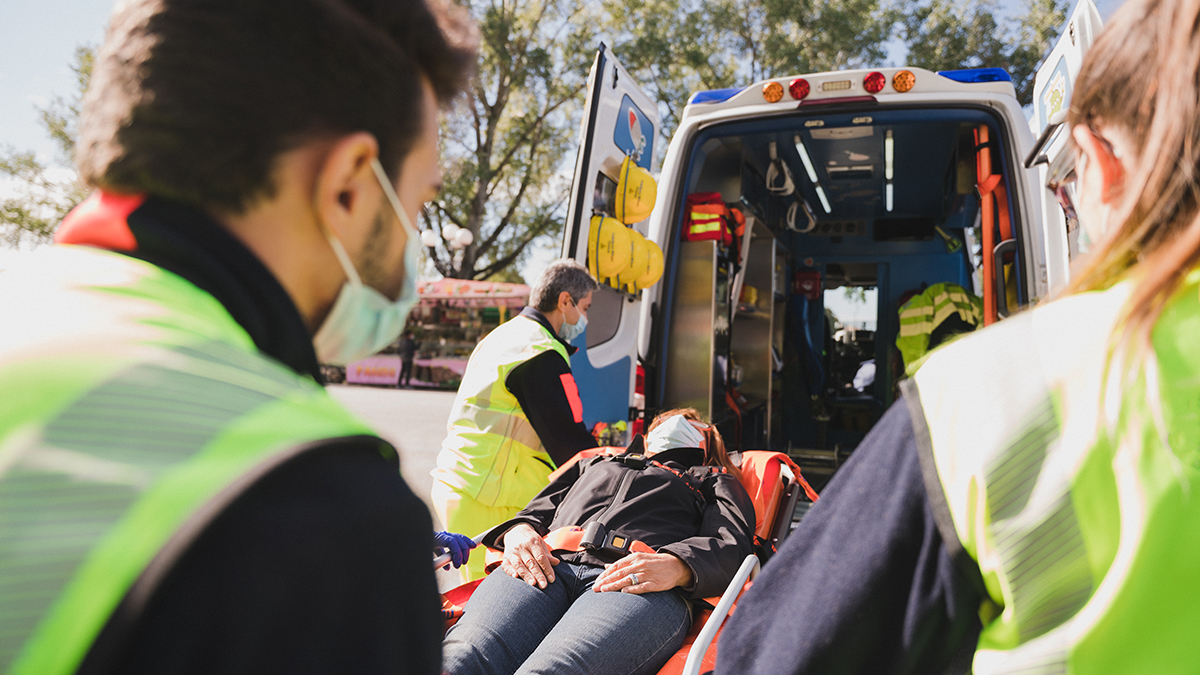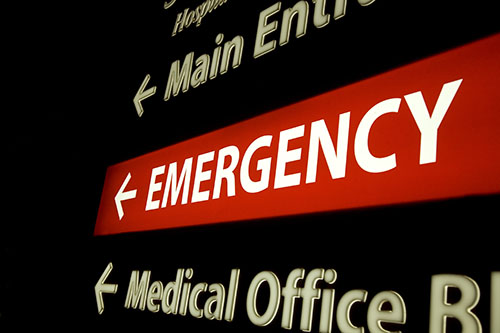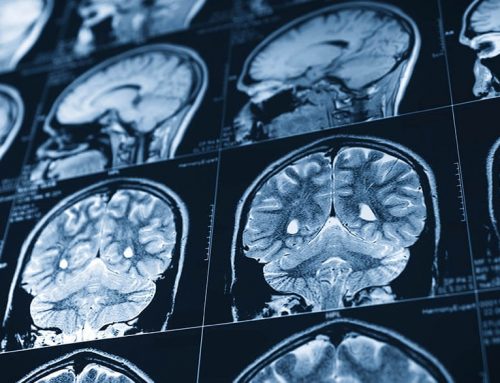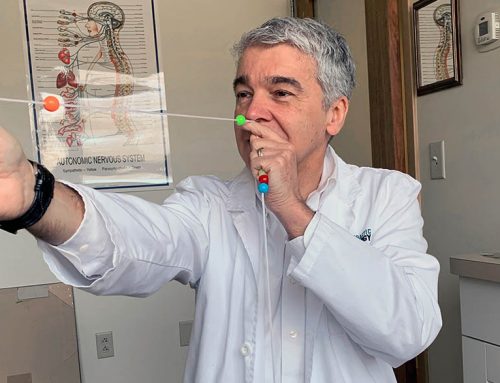
Calling 9-1-1 at the first symptom of stroke can help you get to the hospital in time for lifesaving stroke care.
Your stroke treatment begins the moment emergency medical services (EMS) arrive to take you to the hospital.
Once at the hospital, you may receive emergency care, treatment to prevent another stroke, rehabilitation to treat the side effects of stroke, or all three.
Learn more about recovering from a stroke.
How is stroke treated?
On the way to the hospital
If someone you know shows signs of stroke, call 9-1-1 right away.
Do not drive to the hospital or let someone else drive you. The key to stroke treatment and recovery is getting to the hospital quickly. Yet 1 in 3 stroke patients never calls 9-1-1.1
Calling an ambulance means that medical staff can begin life-saving treatment on the way to the emergency room.
Stroke patients who are taken to the hospital in an ambulance may get diagnosed and treated more quickly than people who do not arrive in an ambulance.1 This is because emergency treatment starts on the way to the hospital. The emergency workers may take you to a specialized stroke center to ensure that you receive the quickest possible diagnosis and treatment.
The emergency workers will also collect valuable information that guides treatment and alert hospital medical staff before you arrive at the emergency room, giving them time to prepare.
Learn more about the important role emergency medical services (EMS) plays in improving stroke care.
At the hospital
At the hospital, health professionals will ask about your medical history and the time your symptoms started.
Brain scans will show what type of stroke you had. You may also work with a neurologist who treats brain disorders, a neurosurgeon who performs surgery on the brain, or a specialist in another area of medicine.
Treating ischemic stroke
If you get to the hospital within 3 hours of the first symptoms of an ischemic stroke, you may get a type of medicine called a thrombolytic (a “clot-busting” drug) to break up blood clots. Tissue plasminogen activator (tPA) is a thrombolytic.
tPA improves the chances of recovering from a stroke. Studies show that patients with ischemic strokes who receive tPA are more likely to recover fully or have less disability than patients who do not receive the drug.2,3 Patients treated with tPA are also less likely to need long-term care in a nursing home.4
Unfortunately, many stroke victims don’t get to the hospital in time for tPA treatment. This is why it’s so important to recognize the signs and symptoms of stroke right away and call 9-1-1.
Doctors may also treat ischemic stroke with other medicines, such as blood thinners, as well as surgery to remove the clot.
Treating Hemorrhagic Stroke
Other medicines, surgery, or procedures may be needed to stop the bleeding from hemorrhagic stroke and save brain tissue. For example,
Medicine, surgery, or other procedures may be needed to stop the bleeding and save brain tissue. For example:
- Endovascular procedures. Endovascular procedures, which can help repair a weak spot or break in a blood vessel, may be used to treat certain hemorrhagic strokes. Learn more about the procedure.
- Surgical treatment. Hemorrhagic strokes may be treated with surgery. If the bleeding is caused by a ruptured aneurysm, a metal clip may be put in place to stop the blood loss.
What happens next?
If you have had a stroke, you are at high risk for another stroke.
- 1 in 4 stroke survivors has another stroke within 5 years.5
- The risk of stroke within 90 days of a transient ischemic attack (TIA) may be as high as 17%, with the greatest risk during the first week.6
That’s why it’s important to treat the underlying causes of stroke, including heart disease, high blood pressure, atrial fibrillation (fast, irregular heartbeat), high cholesterol, and diabetes. Your doctor may give you medications or tell you to change your diet, exercise, or adopt other healthy lifestyle habits. Surgery may also be helpful in some cases.
Recovering from stroke: stroke rehabilitation
Rehabilitation after a stroke begins in the hospital, often within a day or 2 after the stroke. Rehab helps ease the transition from hospital to home and can help prevent another stroke.
Recovery time after a stroke is different for everyone—it can take weeks, months, or even years. Some people recover fully, but others have long-term or lifelong disabilities.
What to expect after a stroke
If you have had a stroke, you can make great progress in regaining your independence. However, some problems may continue:
- Paralysis (inability to move some parts of the body), weakness, or both on one side of the body.
- Trouble with thinking, awareness, attention, learning, judgment, and memory.
- Problems understanding or forming speech.
- Trouble controlling or expressing emotions.
- Numbness or strange sensations.
- Pain in the hands and feet that worsens with movement and temperature changes.
- Trouble with chewing and swallowing.
- Problems with bladder and bowel control.
- Depression.
What is stroke rehabilitation?
Rehab can include working with speech, physical, and occupational therapists.
- Speech therapy helps people who have problems producing or understanding speech.
- Physical therapy uses exercises to help you relearn movement and coordination skills you may have lost because of the stroke.
- Occupational therapy focuses on improving daily activities, such as eating, drinking, dressing, bathing, reading, and writing.
Therapy and medicine may help with depression or other mental health conditions following a stroke. Joining a patient support group may help you adjust to life after a stroke. Talk with your health care team about local support groups, or check with an area medical center.
Support from family and friends can also help relieve fear and anxiety following a stroke. Let your loved ones know how you feel and what they can do to help you.
How can I prevent another stroke?
If you have had a stroke, you are at high risk for another stroke. That’s why it’s important to treat the causes of stroke, including
Your doctor may prescribe you medicine or tell you to change your diet, exercise, or adopt other healthy lifestyle habits. Surgery may also be helpful in some cases.






Leave a Reply